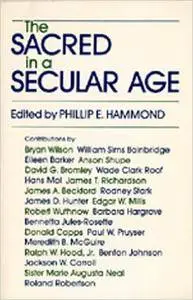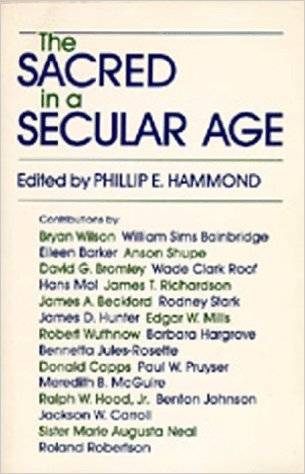Phillip E. Hammond, "The Sacred in a Secular Age: Toward Revision in the Scientific Study of Religion"
1985 | pages: 377 | ISBN: 0520053435 | PDF | 15,1 mb
1985 | pages: 377 | ISBN: 0520053435 | PDF | 15,1 mb
A linear image dominates Western thought about society. Even cyclical views are cast in spiral form, thus helping to maintain the notion that social life is systematically "coming from" somewhere and "going" elsewhere. Social science, born in nineteenth-century evolutionism, matured with this perspective almost exclusively, indeed contributing to it many of the master terms used in contemporary discourse about social change: industrialization, modernization, rationalization, bureaucratization, and urbanization, to name but a few. All imply one-directional processes.
In the social scientific study of religion this dominant linear image is exed chiefly in the term secularization, the idea that society moves from some sacred condition to successively secular conditions in which the sacred evermore recedes. In fact, so much has the secularization thesis dominated the social scientific study of religious change that it is now conventional wisdom. Even today, scholars do not—and probably cannot—doubt the essential truth of the thesis. But increasingly they are coming to doubt its adequacy, and it is this adequacy we explore here.
Certainly, the authors of the essays of this volume assume that we live in a secular age and that somehow secularization brought it about. This assumption explains the prominent position given to the lead article by Bryan Wilson, which not only reminds us of the intellectual power of the secularization thesis but also prepares us to expect the thesis to endure the challenges it receives in all the other essays. Those challenges point up the need to specify the thesis if it is to be applied to the contemporary scene. Immediately following the Wilson essay, therefore, are stunning illustrations of this need—three essays dealing with the anomalous appearance of "new" religious movements in a "secular" age.
My Links



